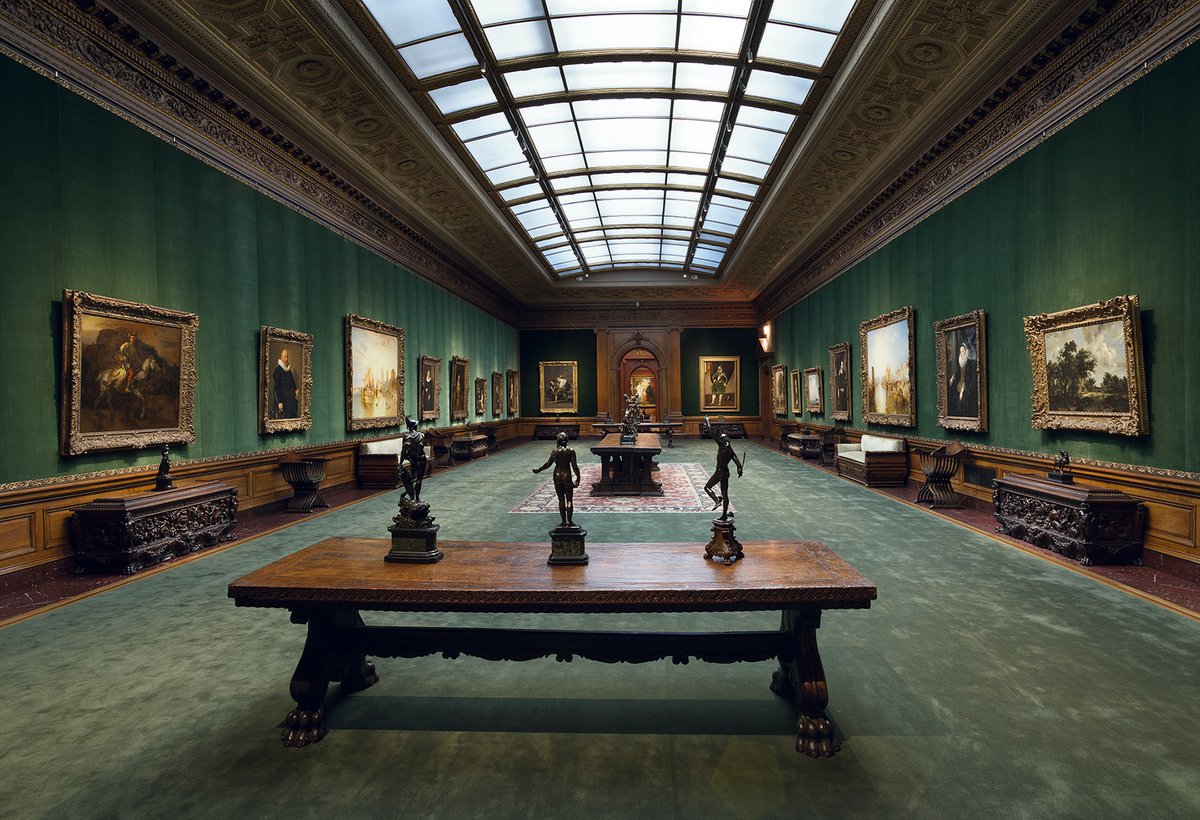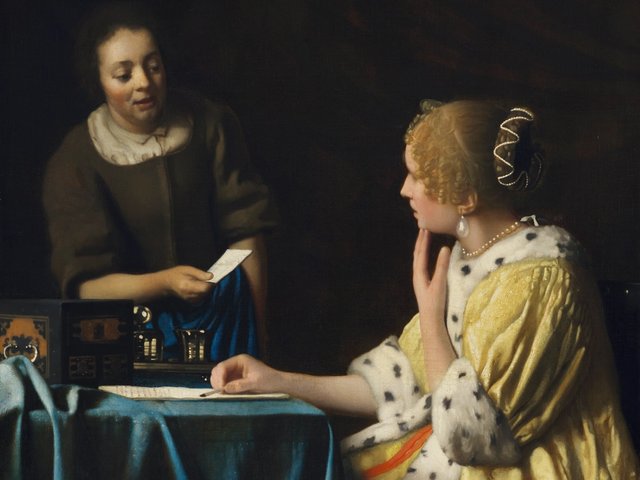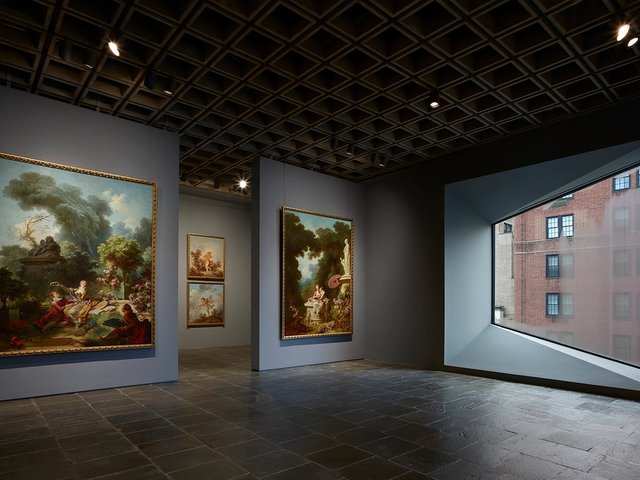The Frick Collection, one of New York’s most beloved art institutions, reopens to the public on 17 April after a five-year hiatus. Its $220m renovation and expansion, overseen by Selldorf Architects, includes new and improved facilities integral to museum operations, as well as 14 extra gallery spaces—11 within the Gilded Age manor of its founder, the industrialist Henry Clay Frick, and three in the extension—enabling the museum to embrace new curatorial approaches while remaining faithful to its legacy.
The upgraded premises aim to support the Frick’s outsize presence in New York’s museum landscape. Stewarding around 1,845 works, the permanent collection is tiny compared with the 1.5 million objects owned by the Metropolitan Museum of Art. Yet the Frick nonetheless presides over 700 years of Western art history with holdings of extraordinary quality, from Cimabue’s gold-ground painting to James McNeill Whistler’s full-length society portraits.
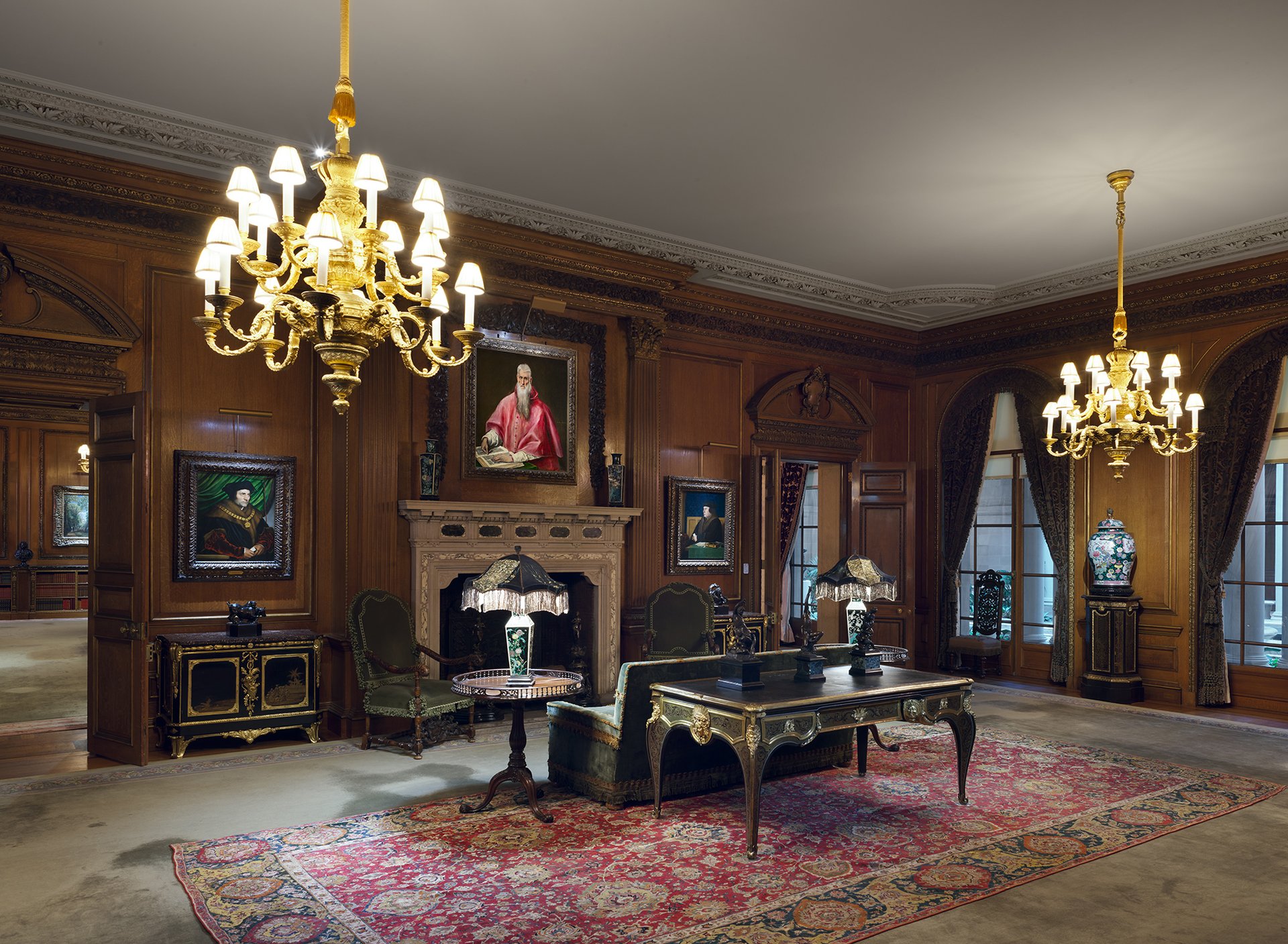
The Living Hall Joseph Coscia Jr./ The Frick Collection, New York ©2025
Evolutions from the ground up
Since its conversion into a museum in 1935, the Frick has undergone several renovations. Most recently, it subleased the Breuer Building from the Met from 2021 to 2024 and rebranded it Frick Madison. (The building was sold by its owner, the Whitney Museum of American Art, in 2023 to Sotheby’s, which plans to move in later this year.)
“One of the things I really liked about Frick Madison was the sense of accessibility to the works of art, which was enhanced by the way that they installed them,” says the Old Masters dealer Nicholas Hall, a regular visitor to the Frick for 45 years who also facilitated the museum’s 1991 purchase of Antoine Watteau’s The Portal of Valenciennes (around 1710-11). “Much as I loved seeing the Frick in the Breuer Building, I would hope that the renovation is not too drastic a change from how it was,” he adds, referring to the original lighting and other decorative elements of the Frick villa.
Frick loyalists will be pleased to hear that the renovated mansion features historically grounded updates. These include handwoven green velvet wall coverings re-created from the 1914 originals by the Lyon, France-based Manufacture Prelle.
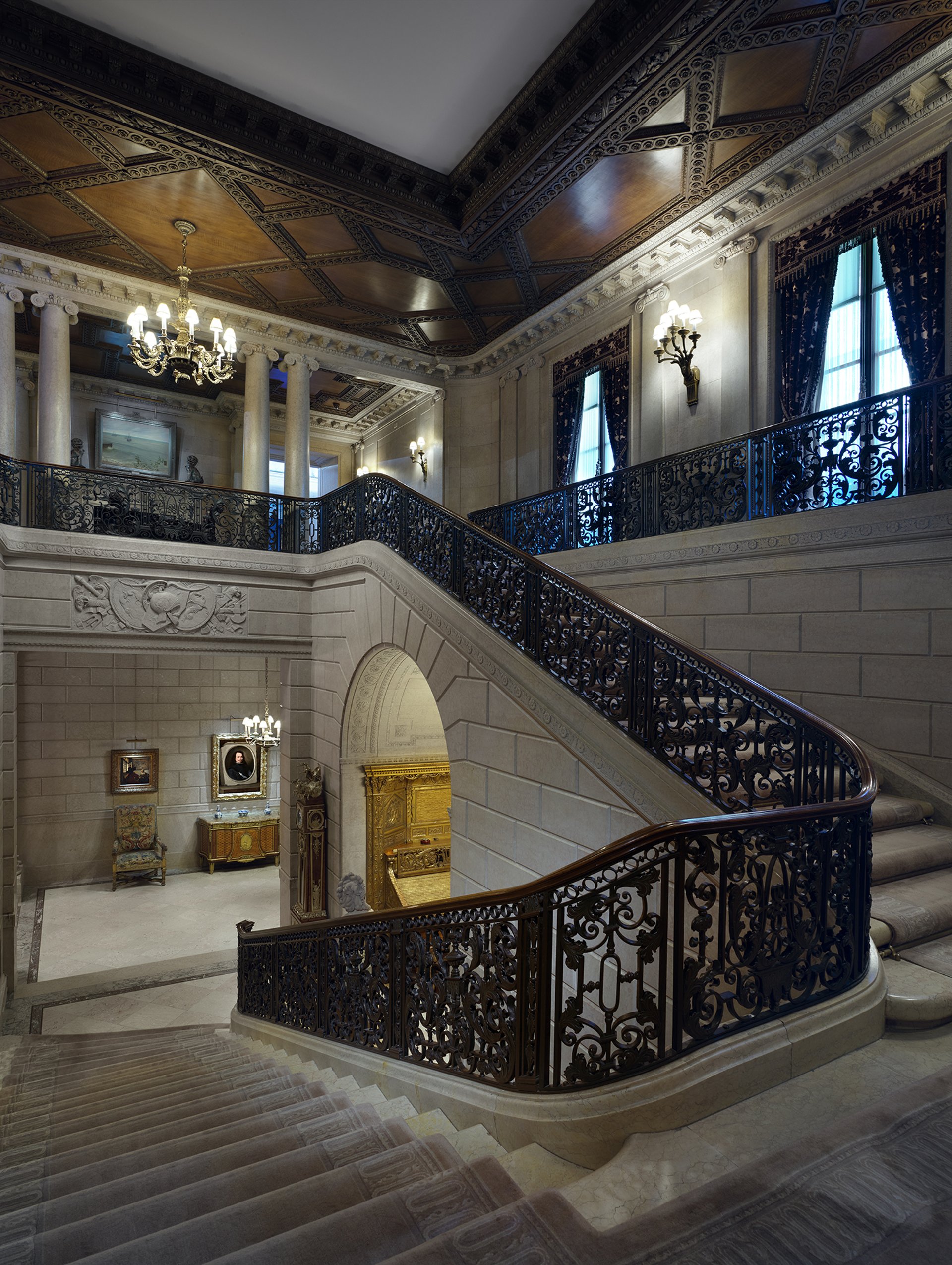
The Grand Staircase Joseph Coscia Jr./ The Frick Collection, New York ©2025
Although some anchor works, such as those by Giovanni Bellini and Titian, have been rehung in their original locations at the villa following their spell at Frick Madison, others have been rearranged. For example, a portrait by Césarine-Henriette-Flore Davin-Mirvault—a woman artist who studied under Jacques-Louis David—has been transferred from the privacy of the director’s office to the North Hall. “Objects have moved around for many decades, but always with the key intention of protecting and retaining the Frick’s overall style of furnished domestic setting,” the Frick curator Aimee Ng tells The Art Newspaper.
Another major curatorial change is the restoration of the Boucher Room to its original location upstairs. Its former space on the ground floor has been converted into a “cabinet gallery”, debuting with an exhibition of a dozen drawings from the Frick’s holdings. “The drawings will tell the story of the artists in the collection but also the story of drawings at the Frick,” Ng says. “It’s a part of the collection that people don’t know a lot about.”
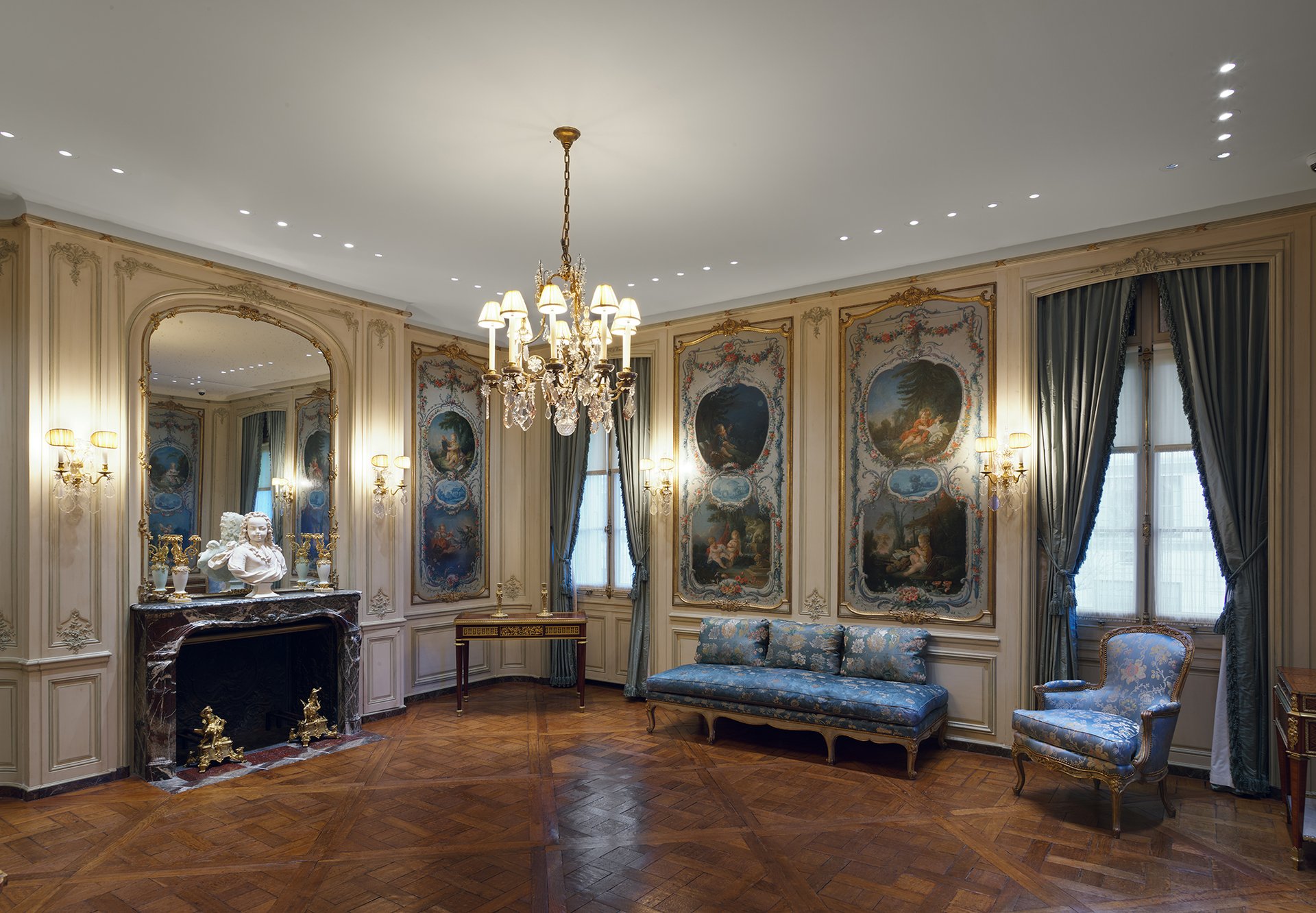
The Boucher Room Joseph Coscia Jr./ The Frick Collection, New York ©2025
Unveiling the family rooms
A defining feature of the renovation is public access to the mansion’s middle storey. Originally the Frick family’s private living quarters, it had been closed off for administrative use since 1935. Now it houses ten new galleries.
One highlight of this section is the restoration of the Breakfast Room, which now features 19th-century French landscape painters from the Barbizon School. Restored using archival photographs and documentation, the space offers a glimpse into how the Fricks lived with art.
The upstairs renovation also provides an opportunity “to tell more stories about the women in the Frick family”, Ng says. A dedicated gallery honours Helen Clay Frick, the daughter of Henry Clay and Adelaide Howard Childs Frick. A lifelong patron of the arts and a founding trustee of the collection, she played a pivotal role in its early acquisitions. Her former bedroom has been converted into a gallery that pays homage to her taste, particularly for gold-ground Italian Renaissance paintings, including works by Duccio, Cimabue and Piero della Francesca.
One highlight is the restoration of the Breakfast Room… which offers a glimpse into how the Fricks lived with art
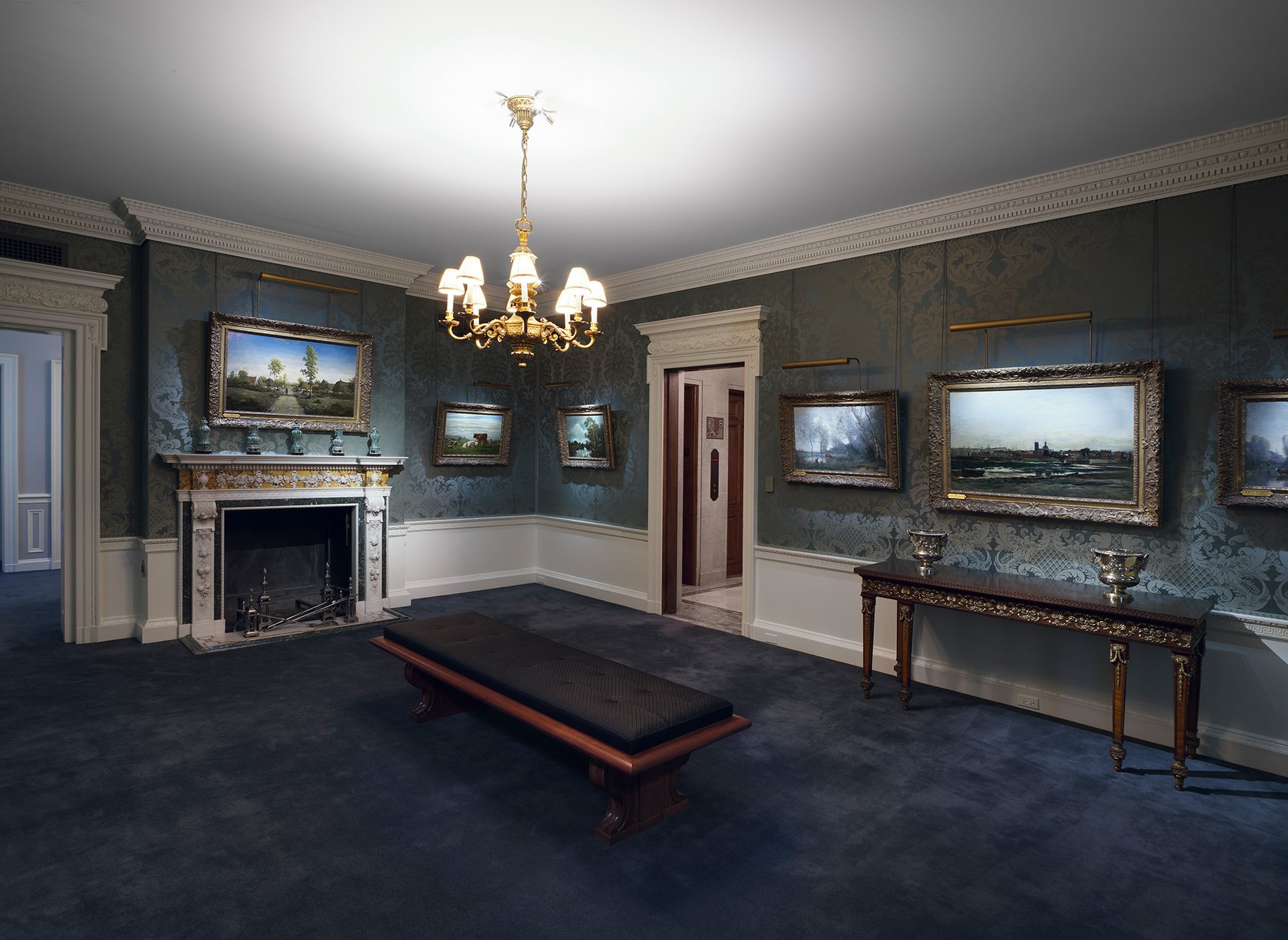
The Breakfast Room Joseph Coscia Jr./ The Frick Collection, New York ©2025
The architectural extension has dedicated galleries for temporary exhibitions, which have become integral to the institution’s programming. Hall, the Old Masters dealer, describes them as “part of the DNA of the Frick”. But not all have been universally welcomed, particularly transhistorical dialogues. “While I am a cultural liberal, I do dread the inevitable contemporary interventions,” says Robert Simon, a fellow Old Masters dealer.
Although the Frick reopens with a porcelain flower installation by the contemporary artist Vladimir Kanevsky—in homage to Helen Clay Frick’s tradition of placing fresh flowers in the galleries—future exhibitions will primarily focus on the historic collection. “We loved that experimental moment at Frick Madison, where the building itself created a collision between past and present,” Ng says. “It’s not something we want to give up, but it’s not something we want to overdo.”
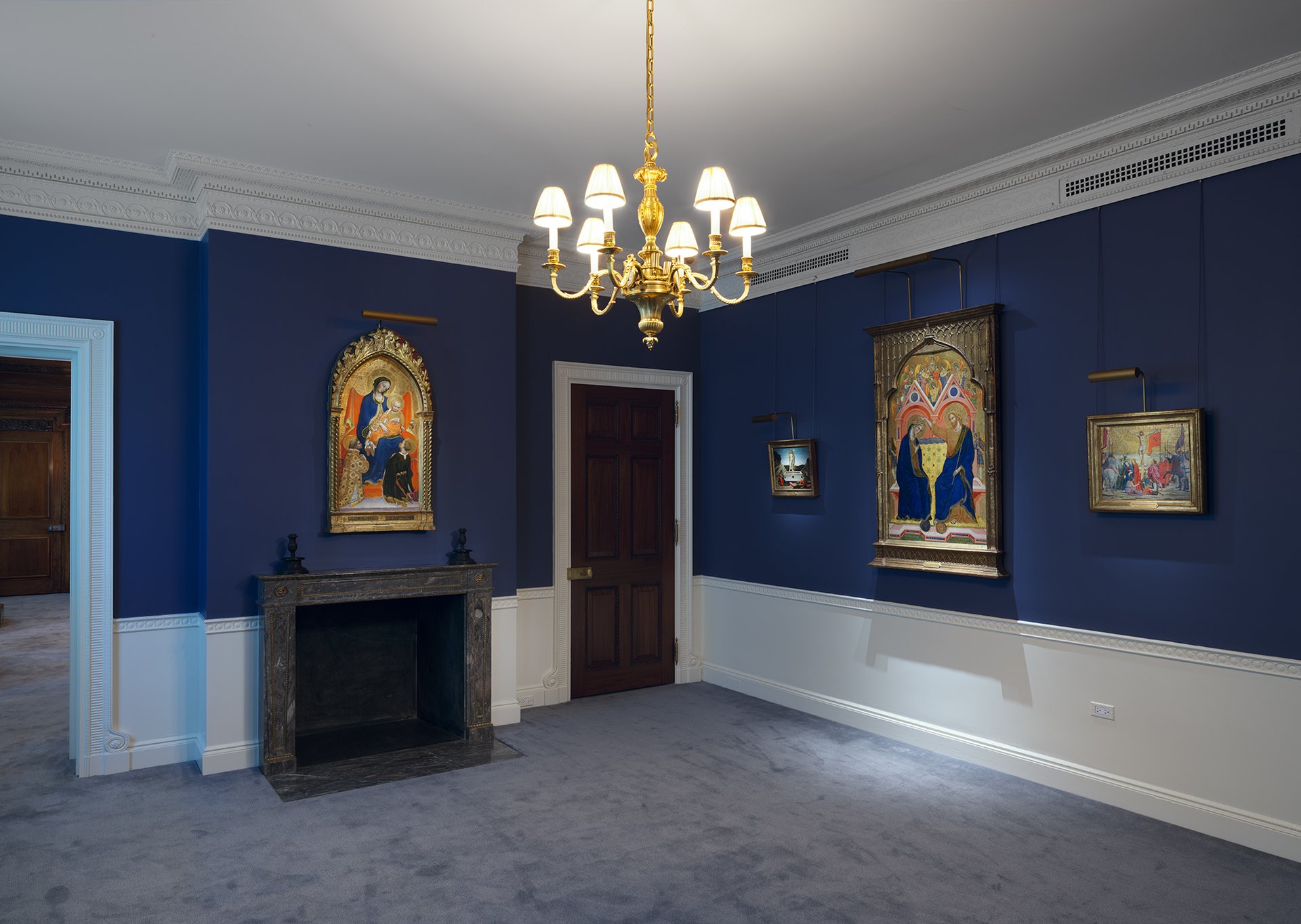
The Gold-Grounds Room Joseph Coscia Jr./ The Frick Collection, New York ©2025
A focus on Vermeer
The inaugural exhibition in the extension will display Johannes Vermeer’s Mistress and Maid (1664-67) from the Frick’s collection, alongside two of the Dutch artist’s other paintings exploring the exchange of letters (18 June-31 August). “The combination of the young woman and maid theme, appearing in three of Vermeer’s paintings, has never before received a focused treatment,” says Robert Fucci, a scholar of Dutch art at the University of Amsterdam and the curator of the exhibition. He identifies “social hierarchies” and “hierarchies of gender” as essential themes of the show, adding: “We need to better consider the essential role of female viewership in these works.”
Simon suggests this should be part of a larger reckoning. He says the Frick has an “institutional responsibility” to “present the art of the past accessibly, both to the curious and to the specialist, to permit anyone to enjoy the magnificence of its palatial environment and to appreciate the collecting acumen of its founder, while acknowledging the troubling source of the wealth that funded it”. (Henry Clay Frick was a steel magnate whose company helped build up fellow industrialist Andrew Carnegie’s notoriously ruthless empire.)
Ultimately, the Frick’s renovations and associated curatorial choices seek to reflect the institution’s dedication to expanding, not just preserving, its legacy. “I would like the people who have always come to the Frick to feel like the new Frick retains all our values: close looking, good displays and a place to truly engage with works of art,” Ng says.


